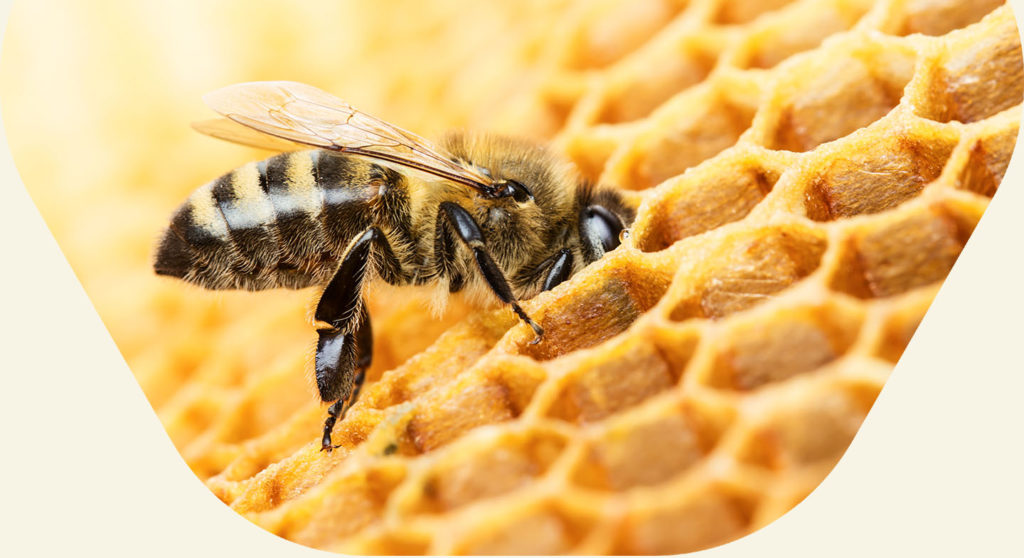API of the Month
See what beekeeping work needs to be done in March and learn more about the threat to our bees. Also, find out about the benefits of rapeseed in making honey and note how to find the queen easily in the hive.
Did you know that in spring, 73% of the pollen harvested by bees in our regions comes from rapeseed, field beans and fruit trees, according to a study by Terre d’Abeilles in 2021.
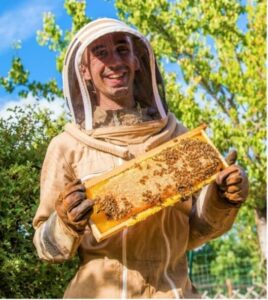
This month’s work
Temperatures are mild all over France, but still be careful not to cool the bees. Before opening the hive, wait for a nice sunny day, when the temperature is at least 16°C outside. Here is a summary of the beekeeping work for March:
Keep an eye on feeding: pay attention to the food stock in your beehives. Depending on the minimum temperature, you can start giving Apiinvert syrup to the bees again. This will stimulate the queen’s laying and fill up the empty frames if the reserves are low.
Check the condition of the brood: if you see a mosaic brood where 1⁄3 of the honeycomb is empty, it is probably a sign of a health problem or an elderly queen. Insert an insulating partition in the brood frames and feed with Apiinvert syrup to stimulate them. If, on the other hand, the beehive is well developed, make sure there is enough space, otherwise install a super now to free up space in the body.
Cleaning the trays: the flight boards need a spring clean to kill any contamination and remove the build-up of wax debris at the bottom of the hive. Remove the bottom, scrape it off with your frame lifter and flash a blowtorch on it.
The honey flowers of the month: dandelion, pussy willow and rosemary
The threat to bees
Do we not keep hearing that there are fewer and fewer bees? Unfortunately, it is true. We have lost 25% of the domestic bee population since 1990.
While in France, bee mortality varies from 30 to 35% each year, more than 50% is being recorded in certain countries, such as Belgium and the United Kingdom. Bees are becoming vulnerable!
Many insects, including bees, are threatened with extinction. This represents nearly 35% of pollinators.
Have you also heard that the chemical products used in agriculture are dangerous to bees? What is harmful is mainly today’s intensive monoculture. There are fewer and fewer bees because they have fewer and fewer plants and honey flowers to forage, such as poppies, hawthorns and alfalfa, which have been cut before they bloom.
And then there are the pests and mites such as the virulent Varroa, which is well-known to beekeepers, or hornets, which are remaining on the hives longer and longer due to the warmer climate in autumn and winter.
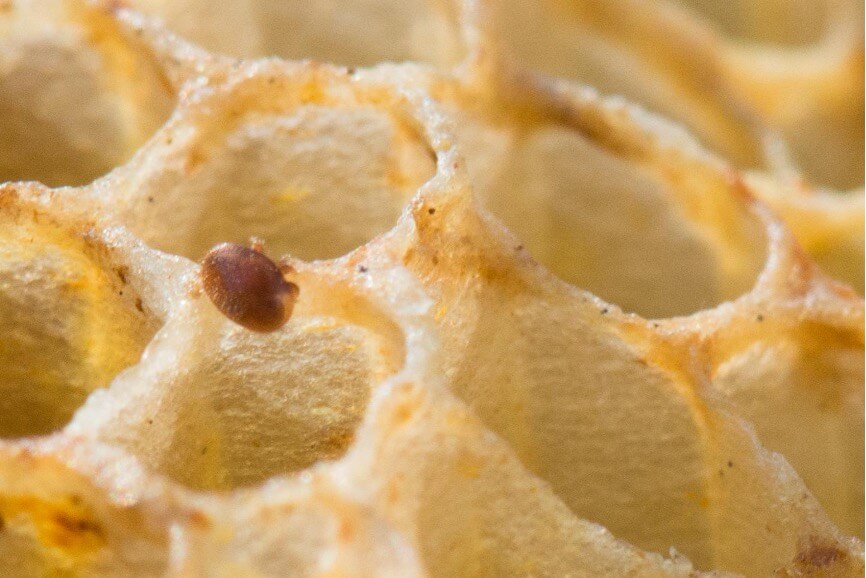
Rapeseed, the spring flower
Rapeseed is known to be grown on plains. It is a cluster herbaceous plant with small yellow flowers. Cultivated as forage and for its oil, rapeseed remains important in agriculture.
Bees love it. Its nectar stimulates the laying of the queens to such an extent that many beehives swarm. It is said to cause ‘swarm fever’ in colonies. Its blooming period extends from April to May. Its Pollen & Nectar production index is extremely high.
Rapeseed honey is quite white and soft and crystallises quickly due to its high glucose content.
If you have rapeseed fields close to your beehives in spring, keep a close eye on the size of the brood and install supers!
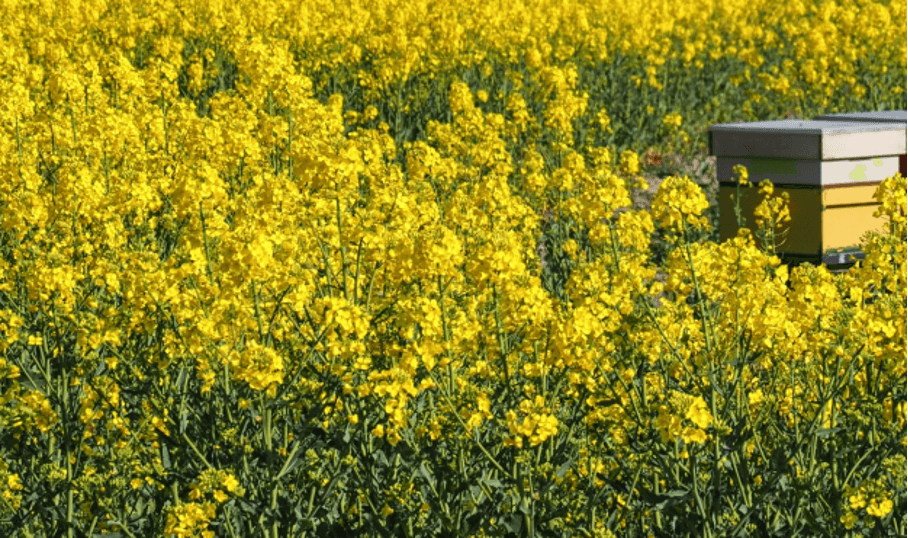
Find the queen
A novice beekeeper wishes to find the queen every time they open a hive. Leave her to her work! From the moment laying starts, she is in the hive.
On the other hand, you may need to search for her when you place a divider, for example. So how can you spot her quickly?
Remember that she is a little longer than the bees, but not fatter.
Her wings are aligned with her abdomen.
Her legs are very thick, so you should notice this when she moves.
She has no hair on her thorax, unlike bees.
When you have her, mark the queen with coloured nail polish! You will spend less time looking for her next time.
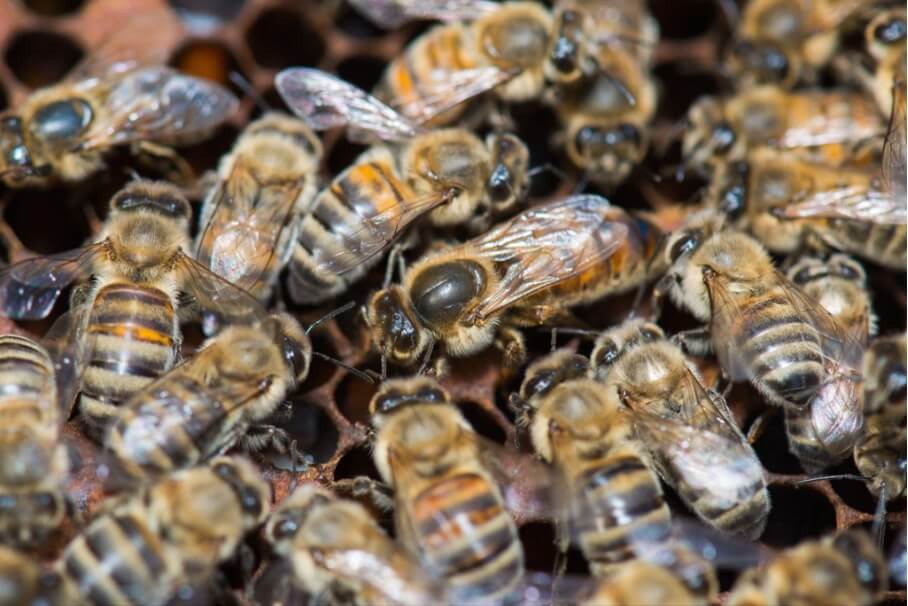
As usual, share your photos with us. We will publish them on our website from social media with the hashtags #apifonda #apiinvert!
We will be back next month on the API blog with your faithful partner, Les Ruchers De Mathieu!
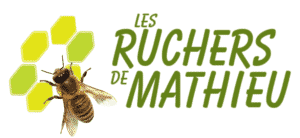
LES RUCHERS DE MATHIEU
Honey & Beekeeping Shop
Photos ©lesruchersdemathieu
